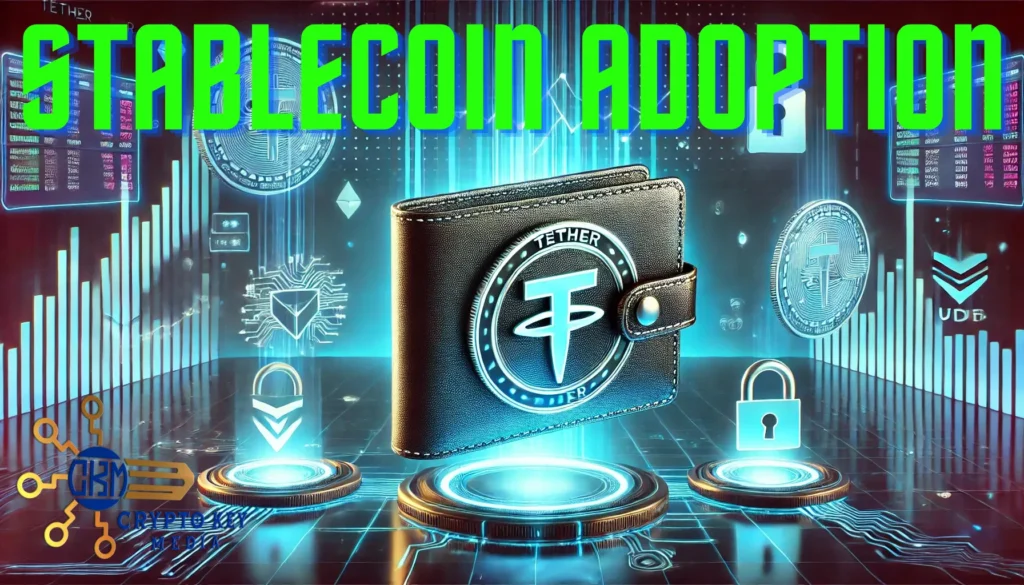
Introduction
Layer 2 blockchain solutions are revolutionizing the way we address scalability challenges in the dynamic realm of blockchain technology. These innovative solutions enhance the performance of existing blockchains without sacrificing security or decentralization, making them a vital development in the pursuit of more efficient blockchain networks.
Understanding Layer 2 Blockchain Solutions
Layer 2 blockchain solutions are secondary frameworks or technologies that function atop a primary blockchain, also known as Layer 1. These solutions are crafted to boost the scalability and transaction throughput of the underlying blockchain. They achieve this by offloading some processing and transaction validation tasks to the Layer 2 network. This process preserves the security and decentralization of the Layer 1 blockchain.
By addressing the limitations of Layer 1 blockchains, such as high transaction fees and slow processing times, Layer 2 blockchain solutions can substantially increase the number of transactions processed per second. This improvement not only enhances efficiency but also makes blockchain technology more user-friendly and accessible.
Layer 2 blockchain solutions have become an essential tool for achieving the scalability necessary for mainstream adoption of blockchain technology. By leveraging these solutions, blockchain networks can handle more users and transactions without compromising on their core principles of security and decentralization. This balance is crucial for maintaining trust and reliability in the blockchain ecosystem.
Types of Layer 2 Blockchain Solutions
Various types of Layer 2 blockchain solutions exist, each offering a distinct method to scale blockchain networks. Key examples include:
State Channels: These are private channels between two or more parties that allow off-chain transactions. The final state is recorded on the blockchain once the channel closes. State channels enable faster transaction processing and lower fees by minimizing the number of interactions that need to be recorded on the blockchain.
Sidechains: Separate blockchains that are interoperable with the main blockchain, capable of processing transactions independently and then settling the final state on the main chain. Sidechains offer the flexibility of customized rules and functionalities while benefiting from the security of the main chain.
Plasma: A framework designed to develop scalable, decentralized applications on Ethereum, utilizing a mix of smart contracts and cryptographic proofs for off-chain computation. Plasma chains allow for more complex operations and high transaction throughput, making them suitable for various decentralized applications.
Rollups: These solutions bundle multiple transactions and submit them to the main chain as a single transaction, reducing the number of on-chain transactions and improving scalability. Rollups can be divided into Optimistic Rollups and ZK-Rollups, each with its unique approach to validation and security.
ZK-Rollups: This type of rollup employs zero-knowledge proofs to validate transactions off-chain, offering enhanced scalability and privacy. ZK-Rollups ensure that transaction data remains confidential while still providing proof of validity to the main chain.
Benefits of Layer 2 Blockchain Solutions
Layer 2 blockchain solutions provide several advantages, including:
Increased Scalability: By transferring some computational tasks to the Layer 2 network, these solutions significantly boost transaction processing capacity.
Lower Fees: Reduced on-chain congestion leads to significantly lower transaction fees.
Faster Processing Times: Transactions can be processed much more rapidly than on the underlying blockchain.
Enhanced User Experience: The combined effect of lower fees and faster processing times results in a more user-friendly experience, which is crucial for the broader adoption of blockchain technology.
Challenges of Layer 2 Blockchain Solutions
However, Layer 2 blockchain solutions also present certain challenges:
Security: While they inherit security from the underlying blockchain, they can introduce new security risks if not properly implemented. Ensuring robust security measures and thorough testing is essential to mitigate these risks.
Complexity: Designing and implementing Layer 2 blockchain solutions can be intricate, requiring deep knowledge of both the underlying blockchain and Layer 2 technology. This complexity can be a barrier to entry for developers and organizations looking to adopt these solutions.
Interoperability: Ensuring compatibility between different Layer 2 blockchain solutions and with the main chain can be a significant challenge. Standardization and collaborative efforts within the blockchain community are needed to address interoperability issues.
Conclusion
Layer 2 blockchain solutions offer a promising approach to overcoming the scalability issues faced by many blockchain networks. By offloading computational tasks to a secondary network, they substantially increase transaction processing capacity, enhancing both efficiency and user experience. Nonetheless, challenges related to security, complexity, and interoperability remain. As the blockchain ecosystem continues to evolve, the development and refinement of Layer 2 blockchain solutions will be crucial in realizing the full potential of blockchain technology.
Layer 2 blockchain solutions are not just a temporary fix; they represent a significant advancement in the ongoing quest to make blockchain technology more scalable, affordable, and accessible. As these solutions continue to mature, they will play an increasingly vital role in the broader adoption and integration of blockchain technology across various industries. Unleashing the power of Layer 2 blockchain solutions is a step towards a more decentralized, efficient, and inclusive digital future.
Read more: Here








